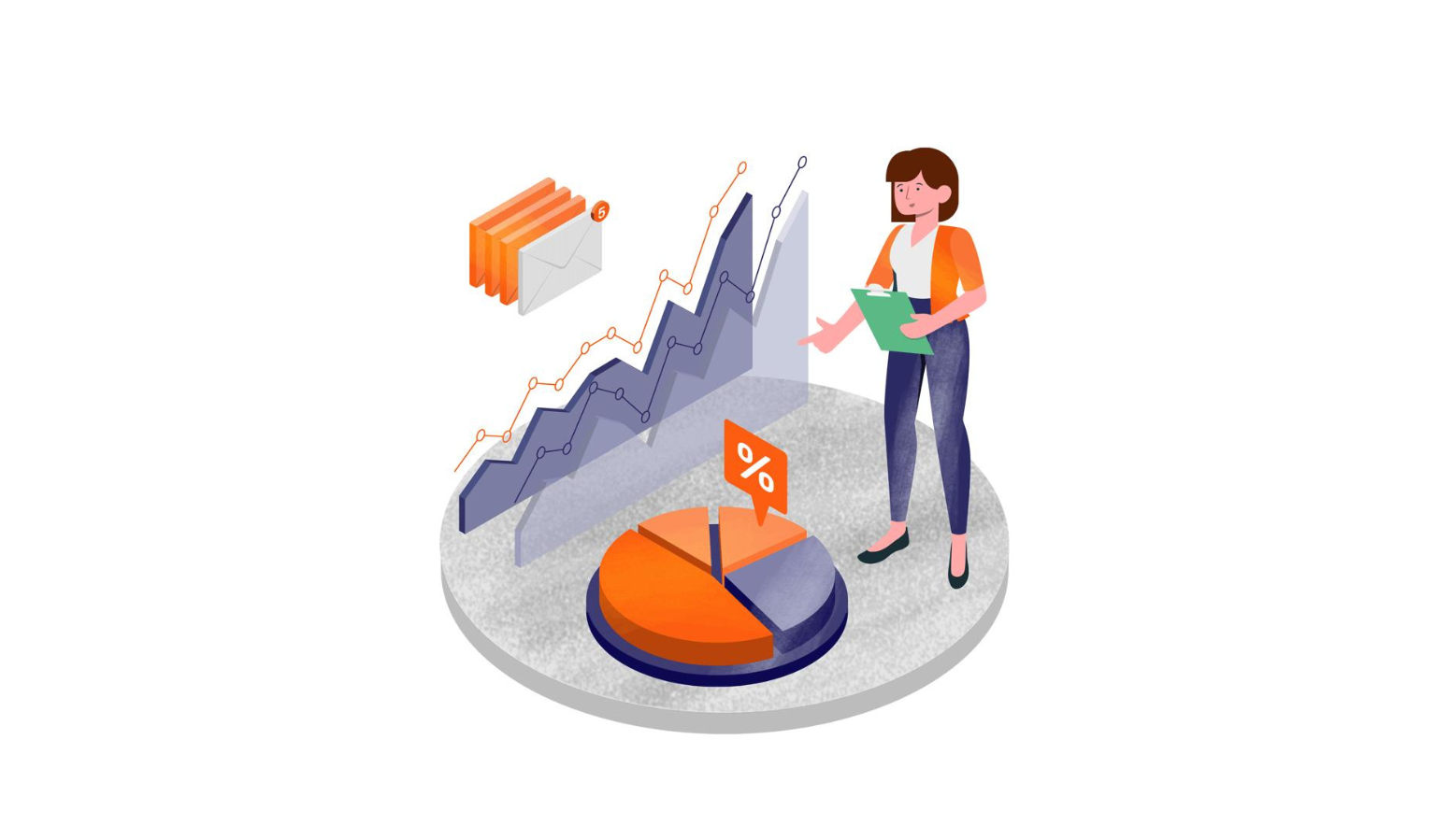How to find broken links on a website and get rid of them.
While certain errors related to search engine optimization lose significance over time, broken links remain a persistent headache for webmasters and SEO specialists. Understanding and addressing this issue is crucial for maintaining a healthy website.
1. What are Broken Links?
Broken links are hyperlinks leading to inaccessible or non-existent pages, typically identified by a 4xx server response code. Causes for broken links range from CMS misconfigurations to human errors like outdated or incorrectly entered links.
1.1 Causes and Sources of Appearance
Common causes include incorrect page addresses, permanent page deletion without proper redirection, misconfiguration after page or site movement, system errors, and failures in automatic data updates from external sources.
1.2 Implications for Website Optimization
Broken links negatively impact user experience and SEO:
Diminish user experience, increasing bounce rates, and potentially harming organic SERP rankings.
Impede search engine robots, leading to reduced crawling budgets and lower search result rankings.
Disrupt the natural distribution of link power within a site.
2. How to Check a Site for Broken Links
Given that broken links continually emerge, regular manual checks are necessary. Several tools and methods are available for efficient identification:
2.1 Google Search Console
In the Google Search Console, errors and pages with 4xx response codes are found in the “Coverage” section under the “Errors” filter.
2.2 Broken Link Checker
The Online Broken Link Checker service allows online scanning for broken links, though it has limitations on URLs and file types.
2.3 Netpeak Spider
Netpeak Spider enables unlimited page scans, offering real-time reports on technical optimization errors, including broken links, images, and redirects.
2.4 Special Plugins for Chrome
Plugins like “Check My Links” for Chrome quickly scan a page for broken links, making them suitable for smaller websites.
3. How to Fix Broken Links
Addressing broken links depends on their scale and recurrence. Various techniques are available:
3.1 Manual Removal
For a limited number of broken links, manually check, correct, or replace them.
3.2 Setting Up Redirects
Implement redirects like 301 redirects to relevant pages or custom 404 error pages, preserving user experience and SEO.
3.3 Creating a Custom 404 Page
Develop an engaging custom 404 page with alternative navigation options to enhance user experience and encourage further exploration.
In Conclusion
Broken links demand vigilant attention, as they significantly impact website optimization and subsequent organic promotion. Employ tools like Google Search Console, online services, plugin>


